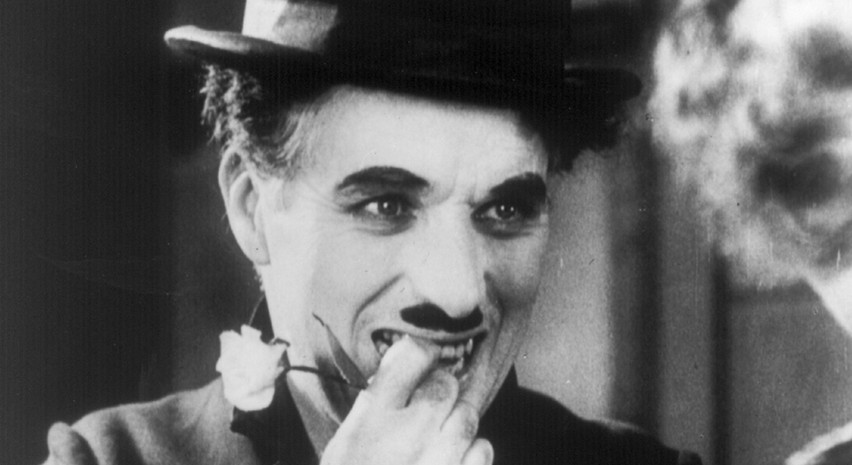
Charlie Chaplin’s the Tramp is one of the most iconic and defining characters in cinema history. What would the movie industry be like today if the Tramp had never graced the silver screen? With that being said, there isn’t anything more uplifting than a Chaplin film. It never fails, if one is feeling down the Tramp character has always been there to lift the spirits up.
Even despite the Tramp’s social status and lack of finances, he always managed to help others who were worse off than him; even putting his own life at risk in the process. The Tramp character is an example of what humanity should be like. The Tramp never took a second to think about himself, never complained about being poor or bad-mouthing others around him.
In the span of Chaplin’s career, he wrote, directed, and scored almost all of his films. It was only Chaplin himself who could make audiences laugh and cry at the same time through his unique performances. Chaplin didn’t need words to tell his stories so beautifully, all he needed was a camera… and from there, it was all history.
10. Shoulder Arms (1918)
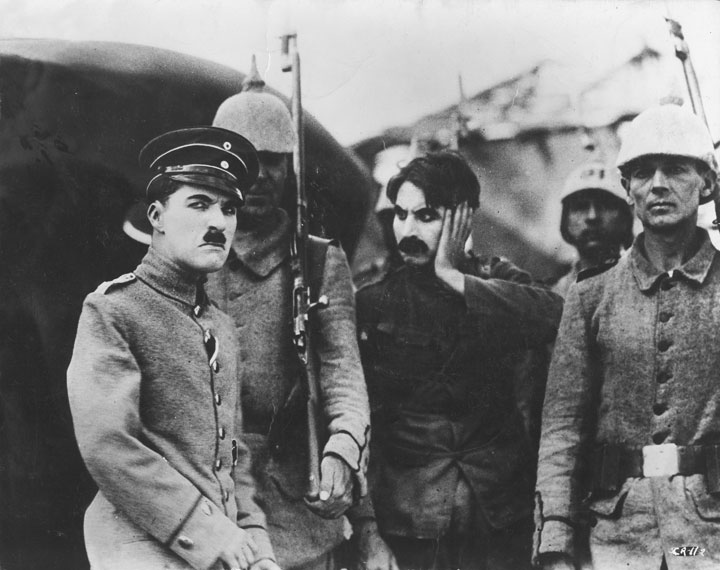
Shoulder Arms is another short film, released in 1918, and is a rather fun comedy set during WWI in the French trenches. Without giving much away of the plot or the twist at the end, the film follows Chaplin’s adventures as a solder as he makes his way through WWI. First he’s in the misfit squad at the army boot camp, and then the next second he’s capturing German soldiers and given a victory parade for his accomplishments during the war.
Why it’s worth your time: Shoulder Arms is yet another film released by Chaplin during the earlier years of his career. It’s definitely a low-key satire of WWI and the life of living in the trenches. It kind of gives audiences an even bigger idea of what’s to come in his career concerning WWII and even The Great Dictator. Despite the obvious heavy nature of Shoulder Arms, the film is quite charming as it follows Chaplin’s soldier character throughout the war as he accomplishes great things.
9. The Immigrant (1917)
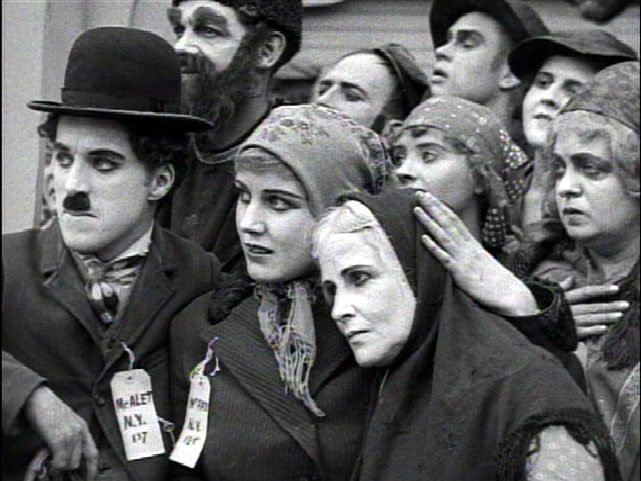
The Immigrant is a short film that depicts Charlie Chaplin as his well-known Tramp character, this time he’s on the voyage to America with dreams of a better life abroad. The first half of the short focuses on the Tramp while on the ship to America. Per usual, the Tramp gets into trouble while playing cards, eating with other passengers, and simply minding his own business. The second half of the film focuses on the Tramp actually in America and trying to make his start in the new country.
Why it’s worth your time: The Immigrant is a perfect example of just what kind of magic Charlie Chaplin was able to produce, and this was even in the earlier days of his career. The film debuted in 1917 and it still holds up today. One is still able to sympathize with the Tramp character as he ventures into America and tries to make a new living; some of his themes of trying to assimilate in a new society are even more prevalent today.
There are also some brilliant gags set up throughout this short film, one of the best moments is when the Tramp is trying to get away with not paying for his dinner. Earlier in the film, the Tramp comes across some money. Unbeknownst to him, he has a hole in his pocket and loses it immediately after picking it up. He doesn’t realize this until he’s in the restaurant about to pay for his meal… and insanity ensues.
8. Monsieur Verdoux (1947)
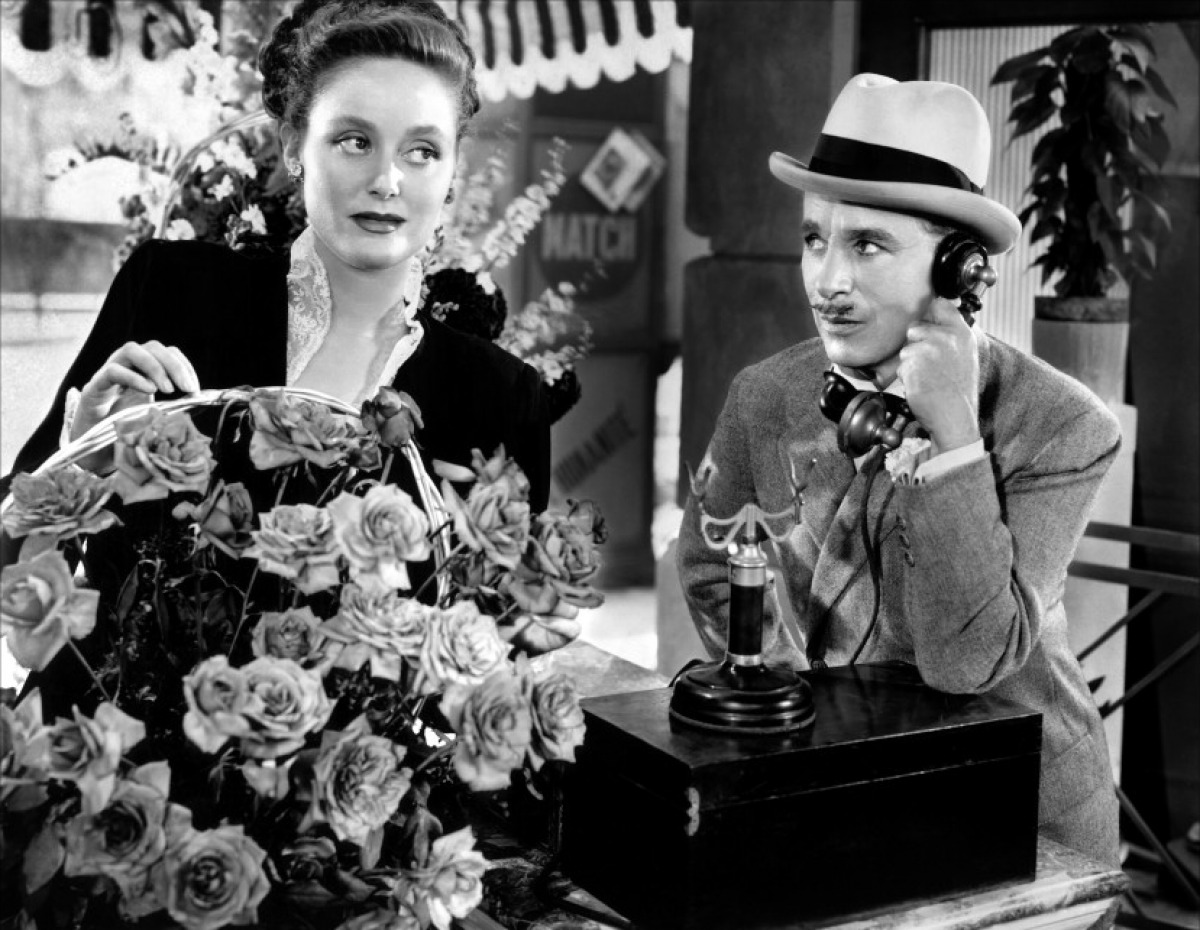
Monsieur Verdoux is definitely one of Charlie Chaplin’s darkest films in his career. The film centers on Verdoux, a bank teller who was recently laid off at his job after being employed there for 25+ years. Due to his growing financial situation and the burden of supporting a wife and child, he suddenly decides to target wealthy widows by marrying them and then murdering them.
At first, his plan starts off perfectly where he successfully gets away with murdering a few widows by poisoning them. Though as most stories go concerning ruthless murder, his plan is foiled and he’s forced to face his crimes on trial.
Why it’s worth your time: It’s great finally getting to see Charlie Chaplin outside of his usual comfort zone. In Monsieur Verdoux, there is no Tramp to be found – only a murderous bank teller who is in search of a fortune with every woman he comes across. Albeit with good intentions, he begins marrying and murdering wealthy widows so he can support his wife and child after being let go at his job.
There’s no one else who could’ve played Monsieur Verdoux so effortlessly and so cunningly; despite his wrong-doings, one can’t help but feel sympathy for the character during his last moments on screen. It’s definitely worth watching just to see Chaplin give one of the best performances of his career, outside his famous Tramp persona. It makes one think just what kind of films Chaplin could’ve produced away from the Tramp character – how many Verdoux’s would we have gotten if that was the case?
7. Limelight (1952)
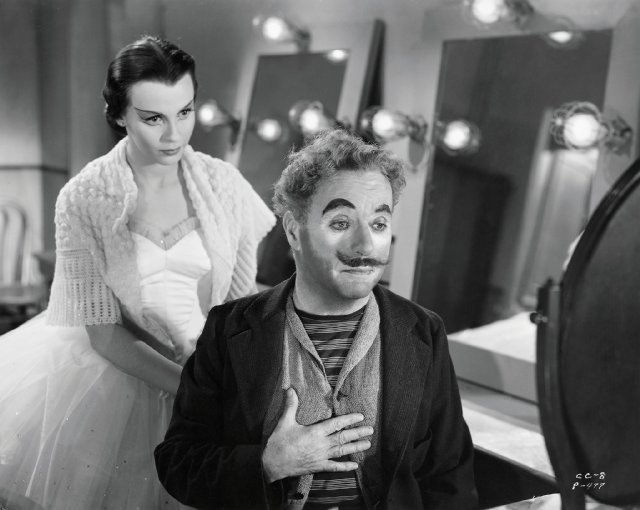
Limelight is by far one of Chaplin’s most depressing films of his career. The film is set close to the start of WWI and focuses on the entertainer, Calvero. He was once a famous performer, most recognized as being a stage clown, but now he’s a defeated drunk. Calvero ends up saving a dancer, Terry, from committing suicide and the two become close friends as he nurses her back to health. Whilst doing so, Calvero ends up gaining some confidence to return to the stage and pick up where he left off.
Why it’s worth your time: This is the first and only film where two of the most famous and revolutionary silent film stars appear in the same picture together: Charlie Chaplin and Buster Keaton. Although Buster Keaton is only in the film for a few scenes, his moments onscreen with Chaplin are enough to pay homage to good ol’ days of silent film.
“If anybody says it’s like old times I’ll jump out the window” barks Keaton as numerous characters, one by one, reply with the remark when seeing the two together in the dressing room.
It’s interesting to think about just what type of films the two could’ve made together had they collaborated at the height of the silent film era. Either way, it’s great seeing the two join forces together in Limelight and bring about one of the most epic on-screen collaborations.
6. The Circus (1928)
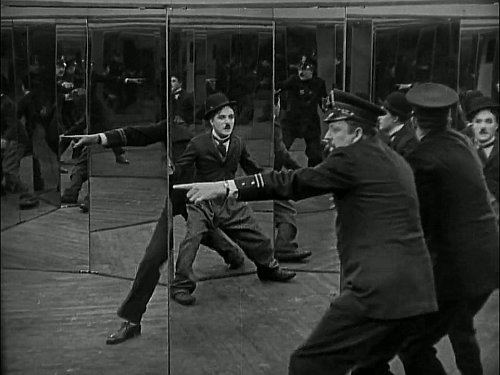
The Circus is yet another Chaplin film that follows the misadventures of the Tramp character. At the start of the film, the Tramp is mistaken for a crook and hunted by the police. While the Tramp is running for his life to avoid imprisonment, he stumbles into a circus. Unbeknownst to the Tramp, he soon becomes to star attraction of the circus and is what keeps it floating in money.
While he’s a performer there, the Tramp falls in love with Merna, a beautiful horse rider. The Tramp soon realizes that Merna is in love with another man: Rex, a tightrope walker. Despite his feelings for Merna, the Tramp drops everything to help his friend marry Rex and stay employed at the circus.
Why it’s worth your time: At the end of The Circus, despite everything that Chaplin has scarified for his friend Merna, he is left isolated as the circus rides off without him into the distance. The ending was shot days after The Jazz Singer, the first talking picture, premiered successfully. The ending is a perfect representation of what Chaplin felt about the changing tides in the entertainment industry.
As the Tramp was left staring at the circus leaving him behind, it’s hard not to picture Chaplin staring at the changing industry before him; stuck with whether or not to jump on to the train of talking pictures, or to continue making more silent films. Looking back, we should all be glad that Chaplin kept his distance and continued to tell stories the way he wanted to tell them.